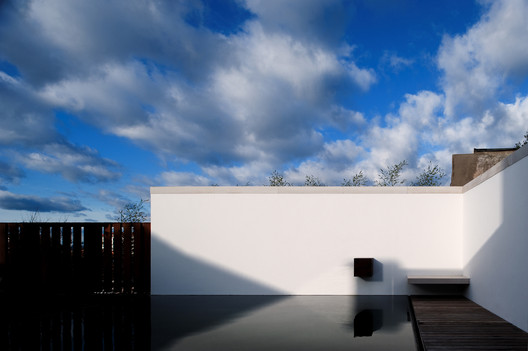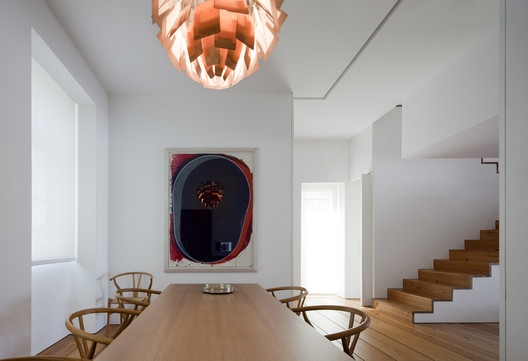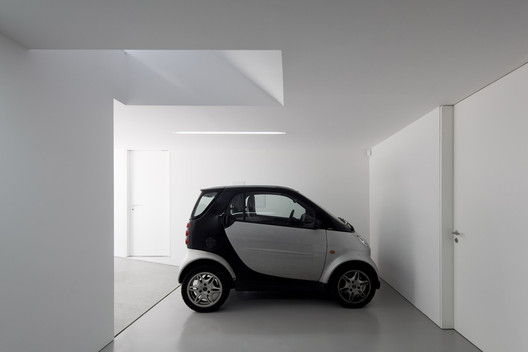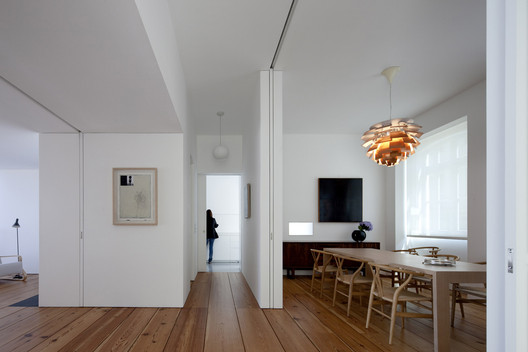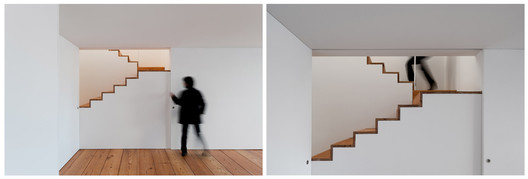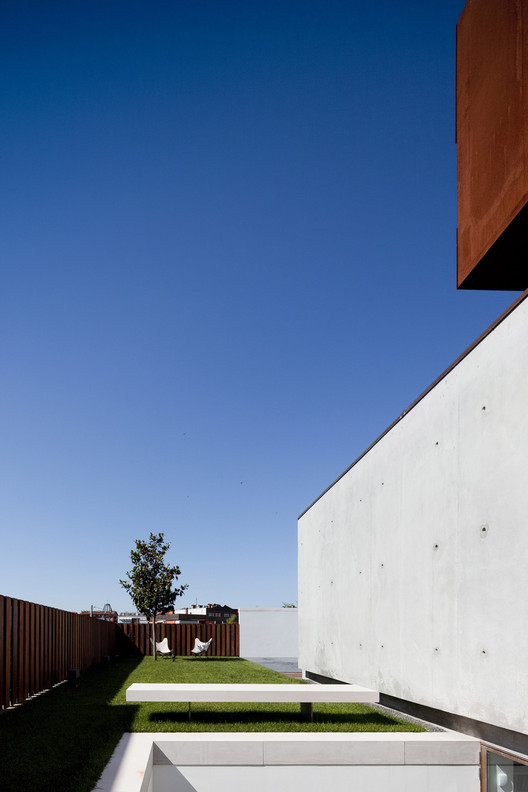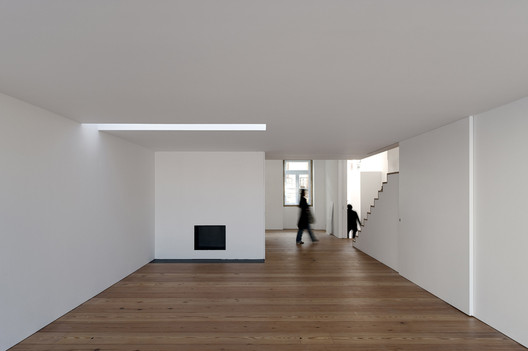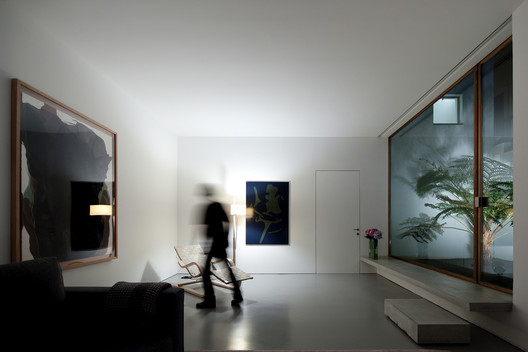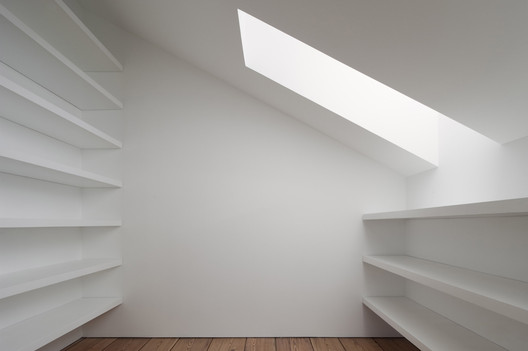
-
Architects: João Mendes Ribeiro
- Area: 360 m²
- Year: 2009
-
Photographs:Fernando Guerra | FG+SG
-
Thermal consulting: ECA Projectos, Diogo Mateus
-
Electrical Engineer: ECA Projectos, Fernando Canha
-
Contractor: Fonsofil Lda, Rui Soares
-
Mechanical Engineer: ECA Projectos, João Madeira da Silva
-
Structural Engineer: ECA Projectos, Paulo Maranha
-
Gas Installations and Equipments: ECA Projectos, Paulo Sampaio
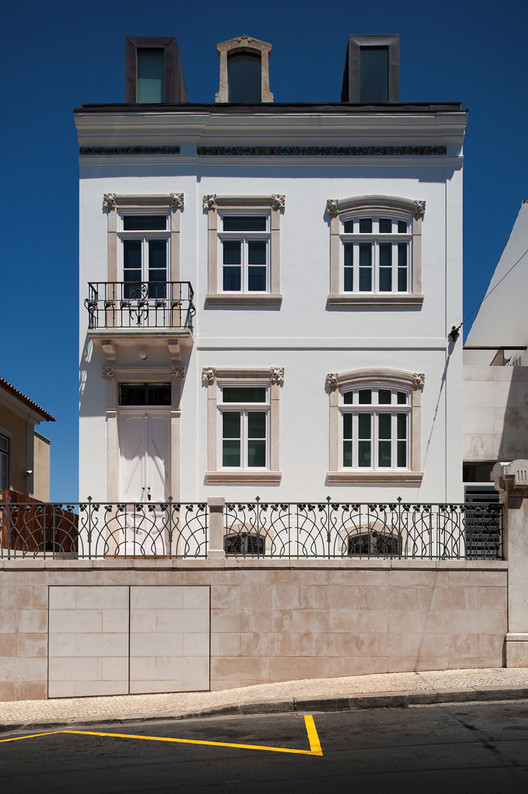
Text description provided by the architects. The Robalo Cordeiro House, a single family house in Rua António José de Almeida, in Coimbra, is a two storey building (with attic and basement) that was, prior to the rehabilitation, deeply uncharacterized and in an advanced state of decay. The refurbishment and expansion project started therefore by the total demolition of the interior, recovering the facades and keeping the original external coatings. Except for the roof – where two new copper mansards were inserted next to a preexistent mansard – the main facade remained almost unaltered. The back facade suffered significant changes with the insertion of three new volumes: a concrete volume that extends the living room over the patio, a corten steel volume at the first floor level and a third volume in Ipê wood in the top floor. In all three volumes a formal and material language, clearly differentiated from the preexistence, was sought after, underlining the intervention gesture.








